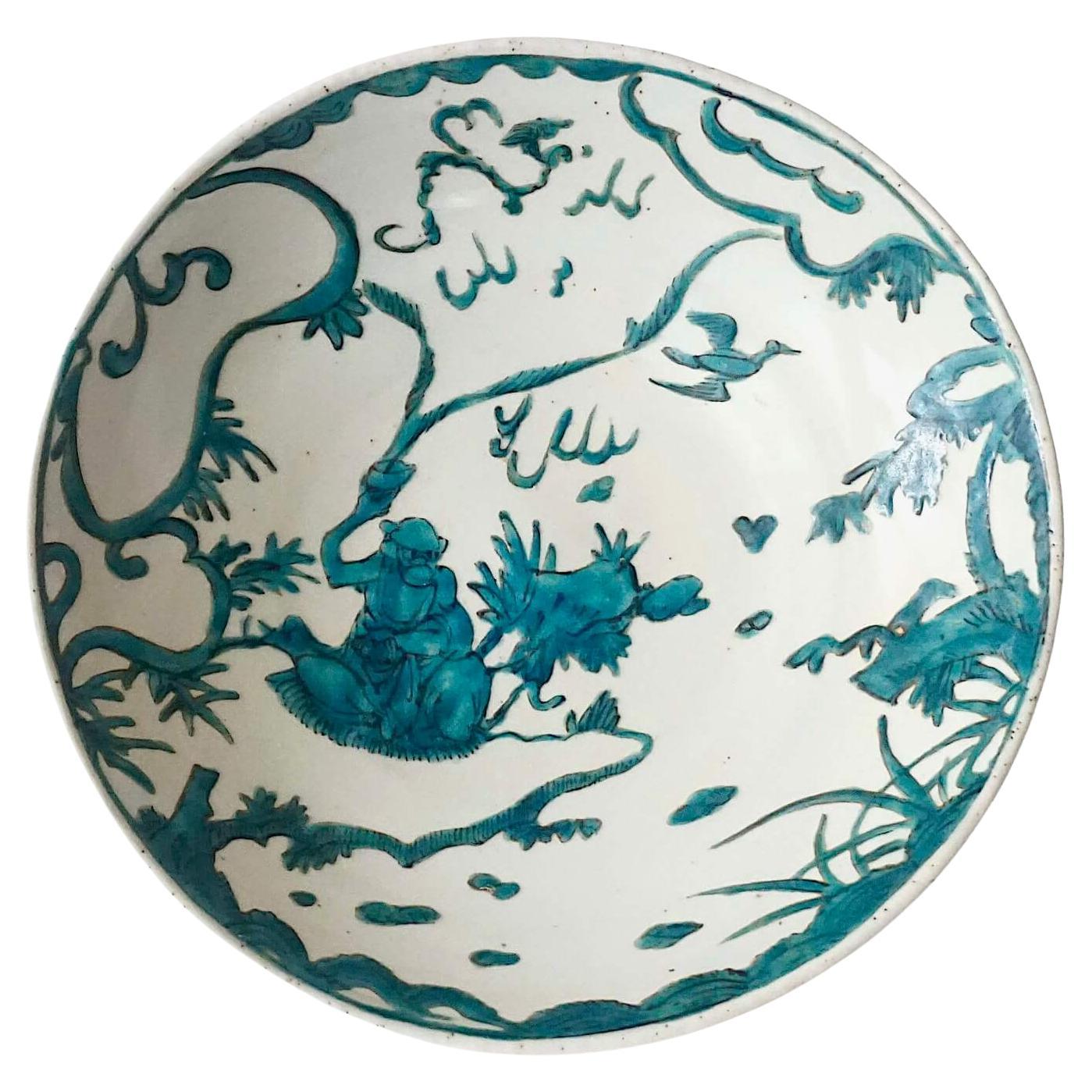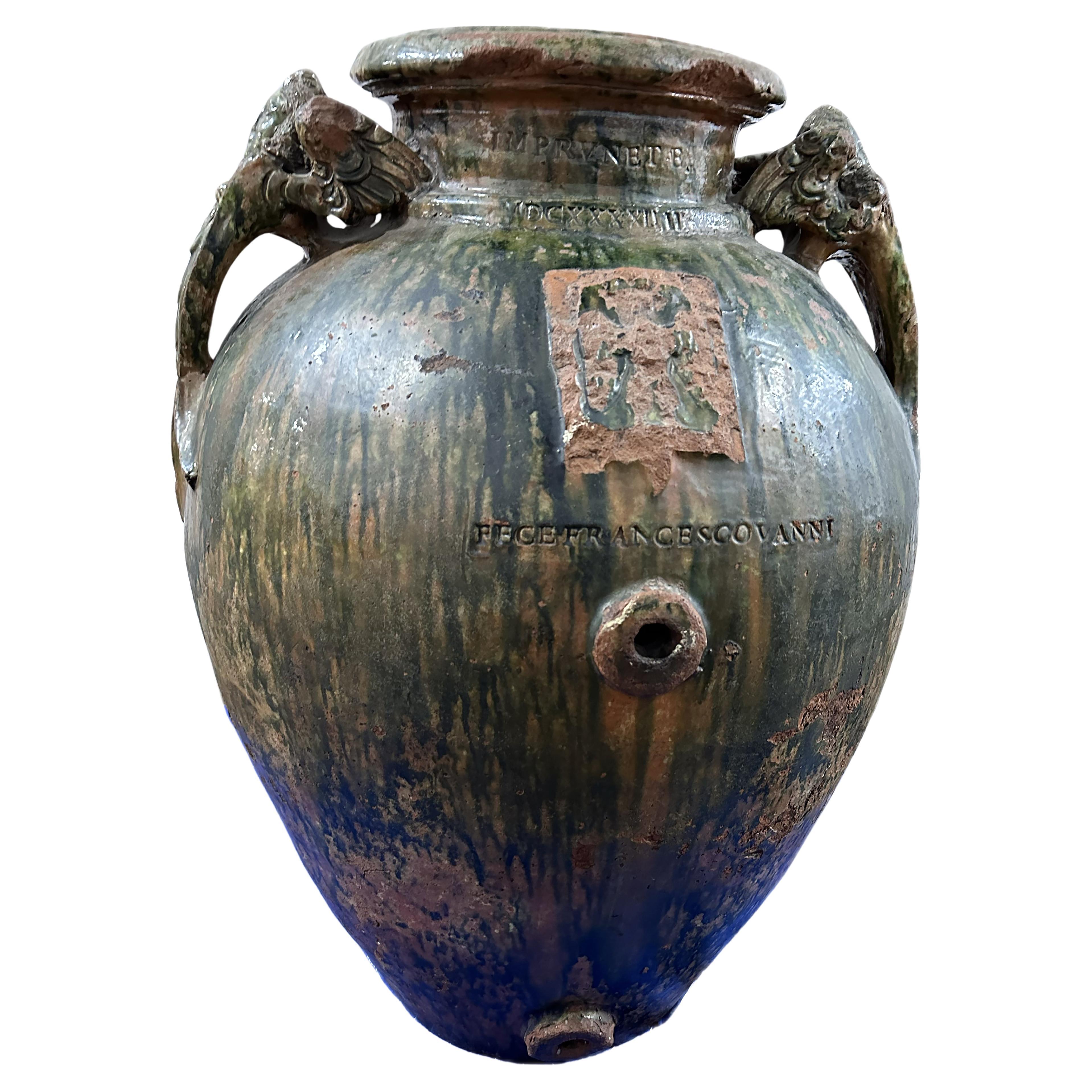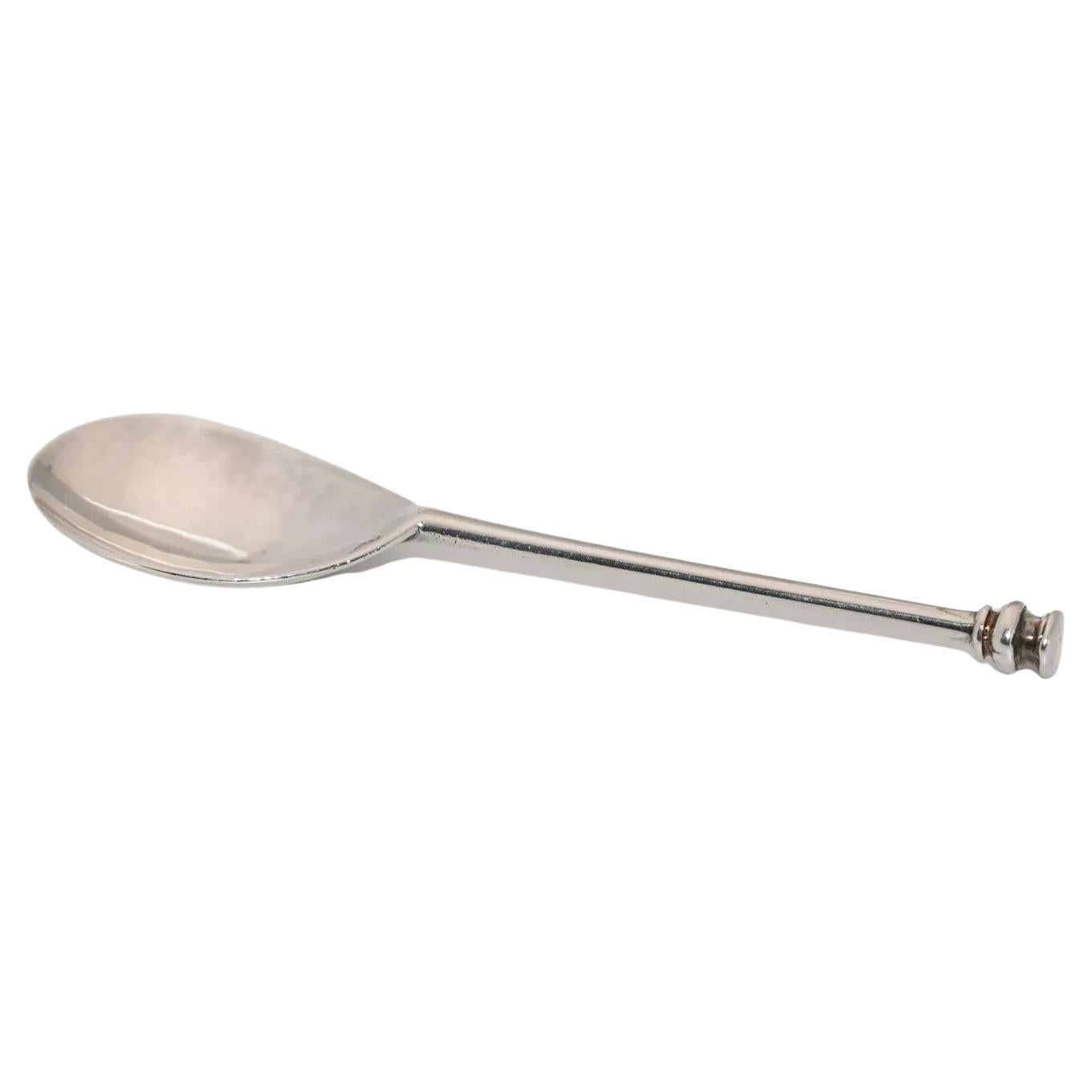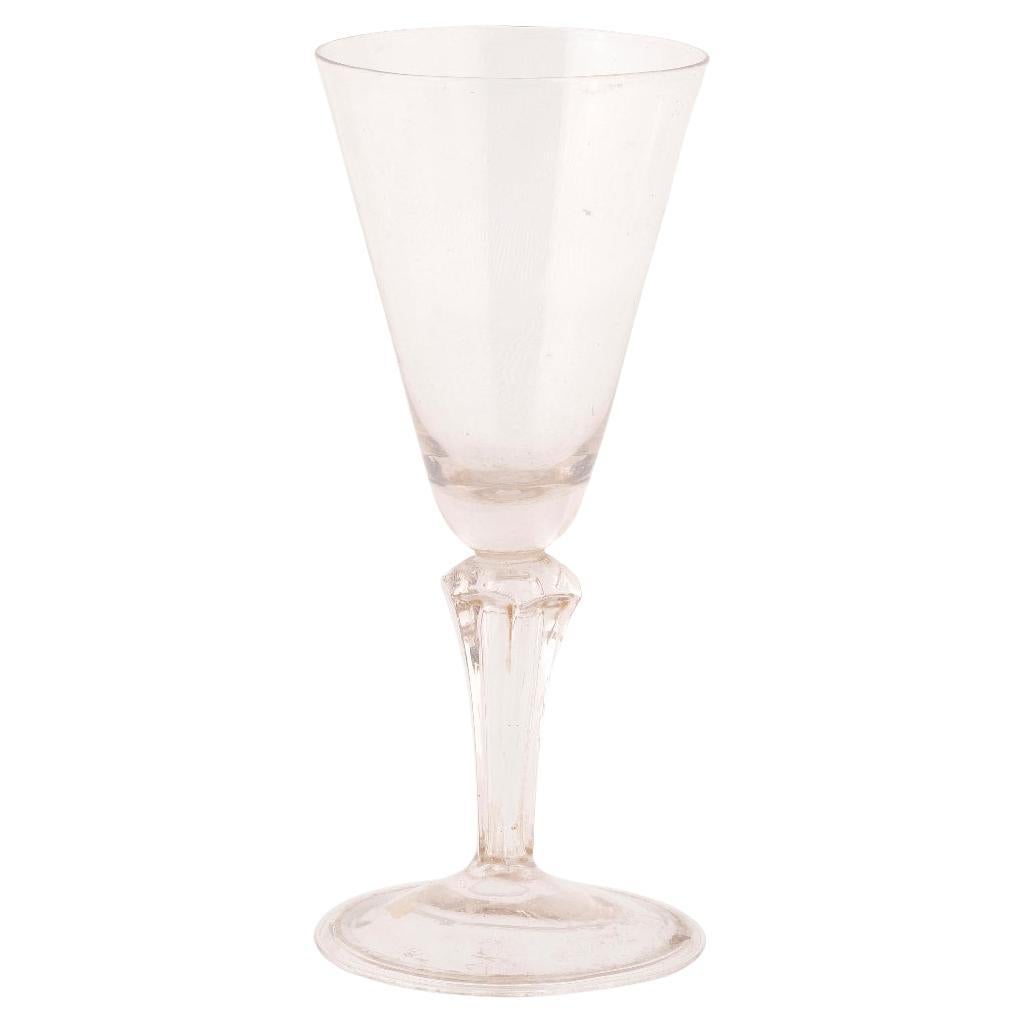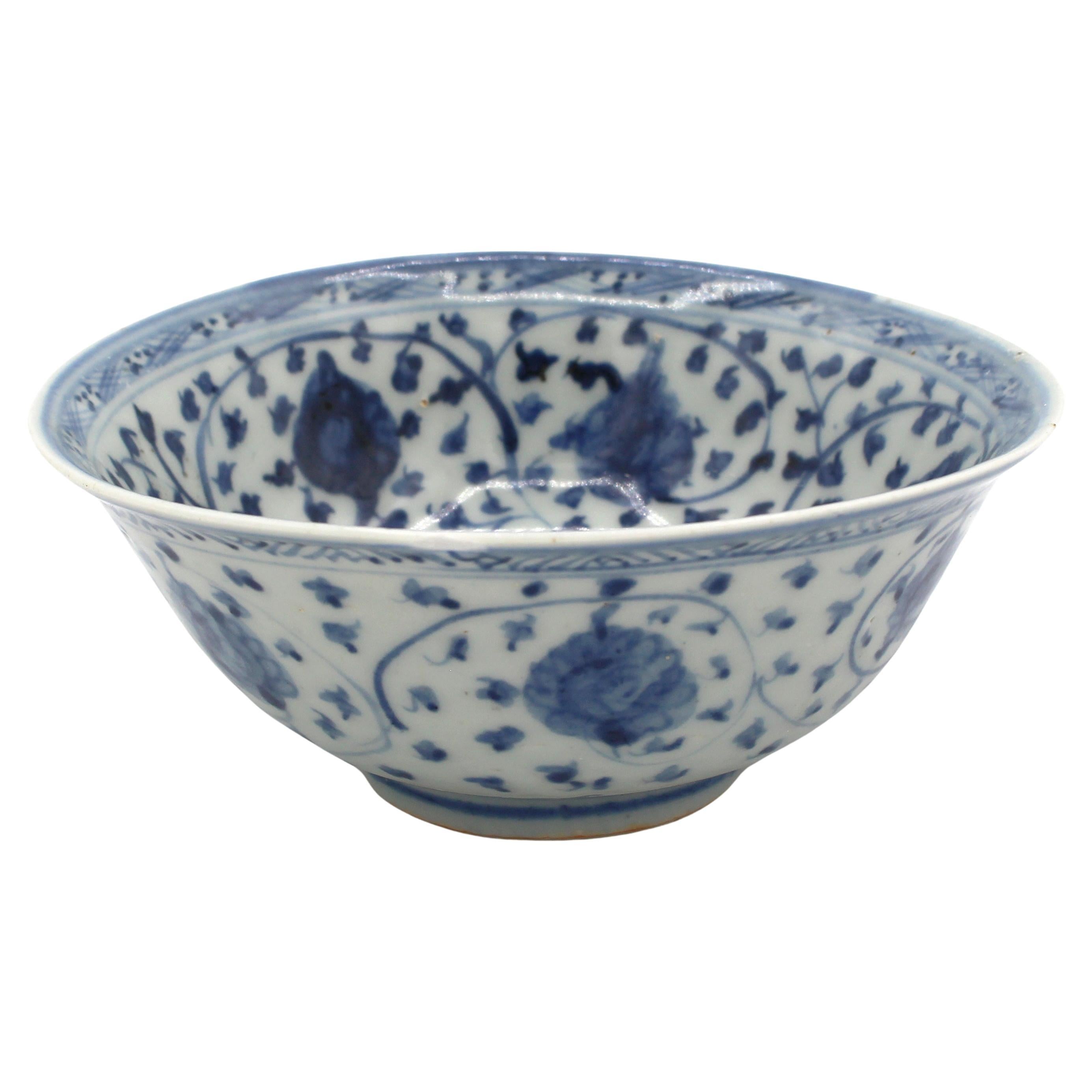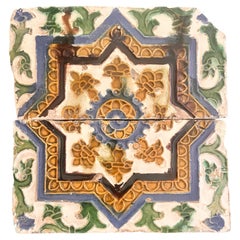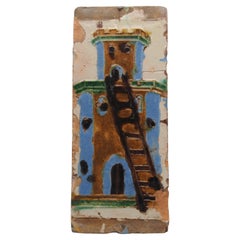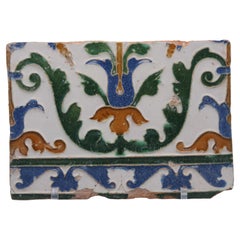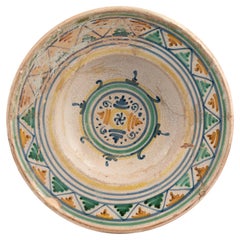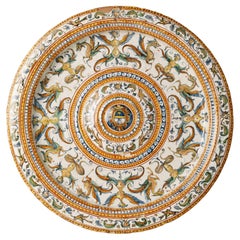16th Century Serveware, Ceramics, Silver and Glass
Spanish Renaissance Antique 16th Century Serveware, Ceramics, Silver and Glass
Earthenware
Spanish Renaissance Antique 16th Century Serveware, Ceramics, Silver and Glass
Earthenware
Spanish Renaissance Antique 16th Century Serveware, Ceramics, Silver and Glass
Earthenware
Spanish Renaissance Antique 16th Century Serveware, Ceramics, Silver and Glass
Earthenware
Italian Renaissance Antique 16th Century Serveware, Ceramics, Silver and Glass
Maiolica
Italian Renaissance Antique 16th Century Serveware, Ceramics, Silver and Glass
Maiolica
Spanish Renaissance Antique 16th Century Serveware, Ceramics, Silver and Glass
Earthenware, Maiolica
Spanish Renaissance Antique 16th Century Serveware, Ceramics, Silver and Glass
Earthenware
Spanish Renaissance Antique 16th Century Serveware, Ceramics, Silver and Glass
Earthenware
Spanish Renaissance Antique 16th Century Serveware, Ceramics, Silver and Glass
Earthenware
Spanish Renaissance Antique 16th Century Serveware, Ceramics, Silver and Glass
Earthenware
Spanish Renaissance Antique 16th Century Serveware, Ceramics, Silver and Glass
Earthenware, Maiolica
Spanish Renaissance Antique 16th Century Serveware, Ceramics, Silver and Glass
Earthenware, Clay, Maiolica
Spanish Renaissance Antique 16th Century Serveware, Ceramics, Silver and Glass
Earthenware
Spanish Renaissance Antique 16th Century Serveware, Ceramics, Silver and Glass
Earthenware
Spanish Renaissance Antique 16th Century Serveware, Ceramics, Silver and Glass
Earthenware, Maiolica
Chinese Ming Antique 16th Century Serveware, Ceramics, Silver and Glass
Porcelain
Spanish Renaissance Antique 16th Century Serveware, Ceramics, Silver and Glass
Earthenware
Chinese Other Antique 16th Century Serveware, Ceramics, Silver and Glass
Pottery
Spanish Antique 16th Century Serveware, Ceramics, Silver and Glass
Bronze
Italian Renaissance Antique 16th Century Serveware, Ceramics, Silver and Glass
Maiolica
English Antique 16th Century Serveware, Ceramics, Silver and Glass
Sterling Silver
English Elizabethan Antique 16th Century Serveware, Ceramics, Silver and Glass
Sterling Silver
Chinese Antique 16th Century Serveware, Ceramics, Silver and Glass
Porcelain
Spanish Baroque Antique 16th Century Serveware, Ceramics, Silver and Glass
Earthenware, Delft, Faience
Persian Antique 16th Century Serveware, Ceramics, Silver and Glass
Copper
Spanish Renaissance Antique 16th Century Serveware, Ceramics, Silver and Glass
Earthenware
Chinese Ming Antique 16th Century Serveware, Ceramics, Silver and Glass
Porcelain
Spanish Antique 16th Century Serveware, Ceramics, Silver and Glass
Iron
Spanish Renaissance Antique 16th Century Serveware, Ceramics, Silver and Glass
Earthenware, Maiolica
Spanish Renaissance Antique 16th Century Serveware, Ceramics, Silver and Glass
Earthenware
Spanish Renaissance Antique 16th Century Serveware, Ceramics, Silver and Glass
Earthenware
Portuguese Baroque Antique 16th Century Serveware, Ceramics, Silver and Glass
Ceramic
Italian Renaissance Antique 16th Century Serveware, Ceramics, Silver and Glass
Glass
Italian Renaissance Antique 16th Century Serveware, Ceramics, Silver and Glass
Glass
Spanish Renaissance Antique 16th Century Serveware, Ceramics, Silver and Glass
Earthenware
Antique 16th Century Serveware, Ceramics, Silver and Glass
Pottery
Italian Renaissance Antique 16th Century Serveware, Ceramics, Silver and Glass
Maiolica
Antique 16th Century Serveware, Ceramics, Silver and Glass
Silver
Italian Renaissance Antique 16th Century Serveware, Ceramics, Silver and Glass
Maiolica
Japanese Antique 16th Century Serveware, Ceramics, Silver and Glass
Porcelain
Italian Antique 16th Century Serveware, Ceramics, Silver and Glass
Ceramic
Italian Renaissance Antique 16th Century Serveware, Ceramics, Silver and Glass
Maiolica
Read More
20 Inviting Dining Rooms Perfectly Arranged for Entertaining
Top interior designers show — and tell — us how to create delectable spaces for hosting dinner parties.
Paul Revere Crafted This Silver Coffee Pot 250 Years Ago
Perhaps best known as a Revolutionary War hero, Revere was also an accomplished silversmith, and this pot is now available on 1stDibs.
From Arne Jacobsen to Zaha Hadid, Top Designers Tackle Tableware
Clever objects like these make feasting even more festive.
How the Chunky, Funky Ceramics of 5 Mid-Century American Artists Balanced Out Slick Modernism
Get to know the innovators behind the pottery countercultural revolution.
Ready for a Cinderella Moment? This Glass Handbag Is a Perfect Fit
Glass slippers might be the stuff of fairytales, but glass handbags? Artist Joshua Raiffe has made them a reality, and they're far less delicate than you might imagine, but just as dreamy.
With Dansk, Jens Quistgaard Delivered Danish Simplicity to American Tables
When a visionary Copenhagen designer teamed up with an enterprising Long Island couple, Scandi-style magic landed in kitchens and dining rooms across the United States.
Hostess Extraordinaire Aerin Lauder Shares Entertaining Tips and Auction Picks
The arbiter of good taste, who has curated a collection for 1stDibs Auctions, invites 1stDibs inside her family’s Hamptons barn for a firsthand look at her welcoming style.
Handmade with Lab-Grade Glass, This Decanter Holds Your Favorite Cocktail Concoctions
Artist Simone Crestani conjures the fascination you remember from Chemistry 101.
